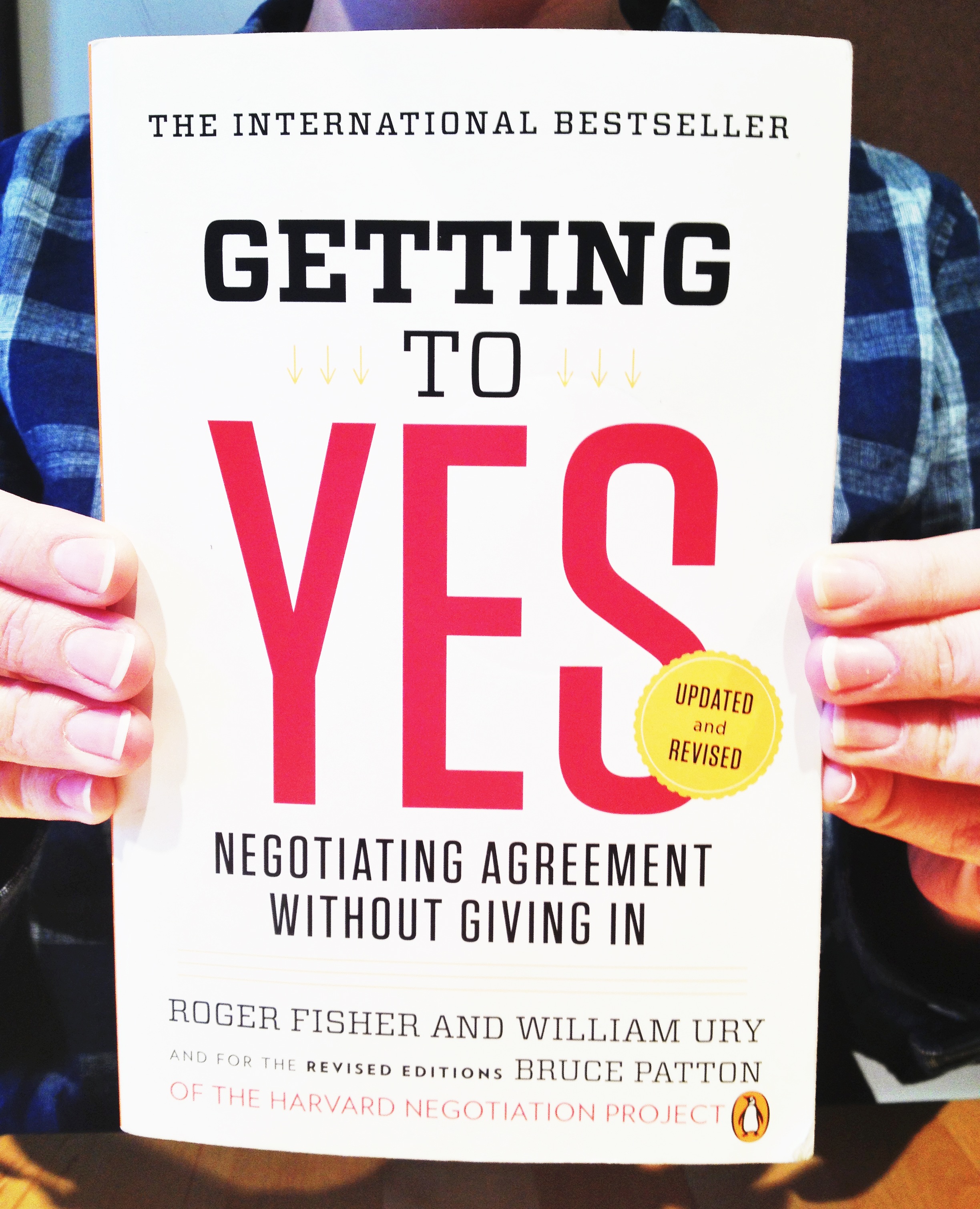Growing up in my household, you learned how to be a good negotiator. My Dad responded to logic, not tears. Boy, could I have used this book when I was 17, for example, attempting to convince my Dad that I should attend art school, for example. I cried (wrong!), begged (wrong), and became completely entrenched in my position, and Dad stubbornly in his – I have learned is called Positional Bargaining. And clearly it is not what the authors of “Getting to Yes: Negotiating Agreement Without Giving In” by Roger Fisher and William Ury recommend.
The book begins with a great overview that states any negotiating should be judged by three criteria:
1. It should produce a wise agreement;
2. It should be efficient;
3. It should improve – or at least not damage – the relationship between parties.
The focus is on “Principled Negotiation”, as opposed to what my Dad and I engaged in over colleges – “Positional Bargaining”. Positional Bargaining starts at an extreme opinion (“I want to go to art school”, “You are going to school for a business degree”) and then stubbornly clamping down on that point of view.
This book teaches us how to change the negotiating game by turning it on its head. Principled Negotiation is based on four basic points: people, interests, options and criteria. Without going into great lengths of each, here are a couple of my takeaways from the four principals:
- We should view ourselves as working side by side attacking the same problem instead of one another.
- Consider what you hope to gain/win from the negotiation. What do you think the other side hopes to achieve?
- Decisions made under pressure are challenging and not optimal. Having a lot at stake narrows creative problem solving.
- Rather than pitting will against will, consider a whole range of options for settle based on a fair, universal set of standards such as market value, expert opinions, customs, laws, etc.
There were some real gems of learning to change the game of negotiation. Here are couple of excerpts that stuck with me.
- “It is not enough to know that they see things differently. If you want to influence them, you also need to understand empathetically the power of their point of view and to feel the emotional force with which they believe in it.”
- “Even if blaming is justified, it is usually counterproductive. Under attack, the other side will become defensive and will resist what you have to say.”
- “Perhaps the best way to change someone’s perceptions is to send them a message different than what they expect.”
- “Understanding is not agreeing.”
- “For a wise solution reconcile both parties interests, not their positions.”
- “Invent options for mutual gain.”
- “Never yield to pressure. Only principle.”
- “Develop your BATNA: Best Alternative to a Negotiated Agreement.” This was a large part of the material and if you are not familiar with what a BATNA is, it is worth reading this book alone to understand this critical theory. The better your BATNA, the greater your power in a negotiation – no matter if they are more powerful than you. A solid BATNA wins vs. power every time.
- “If the other side pushes hard, you will tend to push back. If you do, you end up in the Positional Bargaining game. Do not push back!”
- “Some of the best negotiation you’ll ever do is when you are not talking.” (Think about that. It’s so true!).
At some point – in business and in life – we all need to negotiate. Most of us negotiate everyday – from tiny battles, like urging our children to wear their hats at the bus stop – to large, game-changing business contracts. I found this book’s material working into my daily negotiations – even before I finished reading it. Like anything else, building your negotiation arsenal takes practice – and reading this book in no way makes me an expert negotiator. But as you can see from the image below, I have taken plenty of notes and plan to refer to them often.
Now, if I could only hop into my time machine and re-negotiate my way to art school … but as my wise and dear Dad said to me a few years ago, “Well, you didn’t go to art school, but have your own successful graphic design and marketing agency. So you ended up exactly where you wanted to be as I knew you would.” How can you argue with that logic? I never could.





